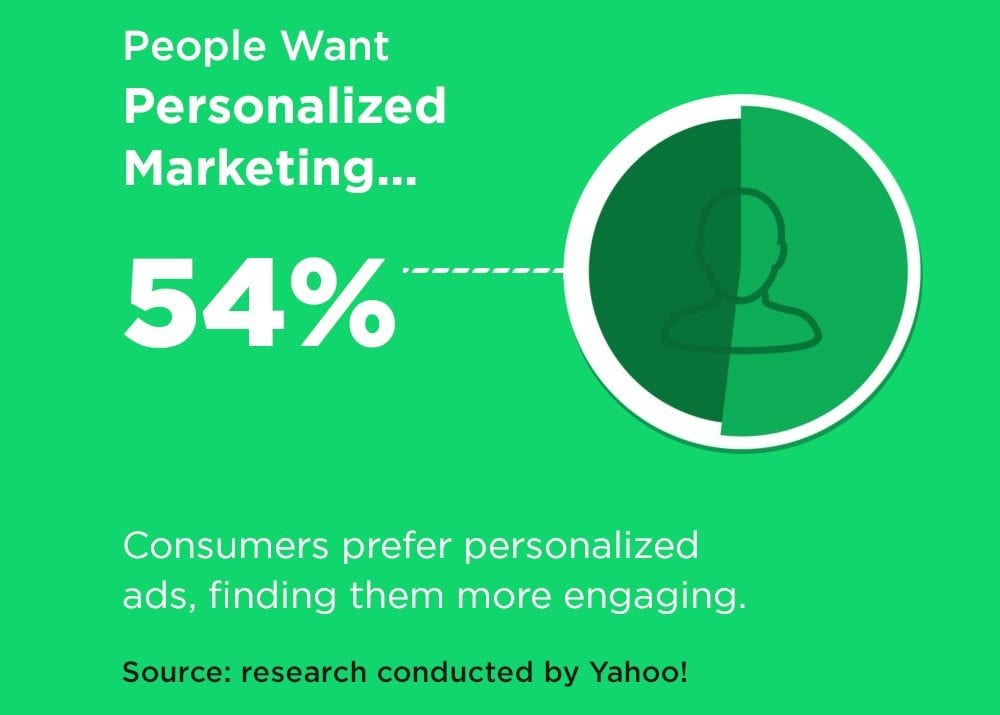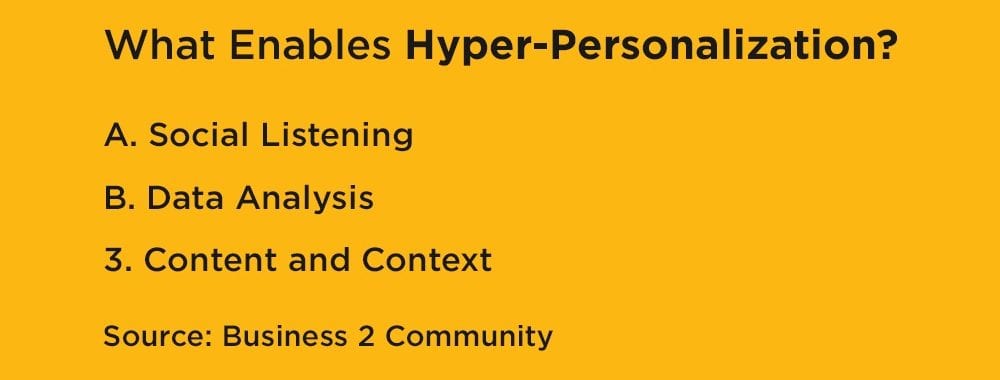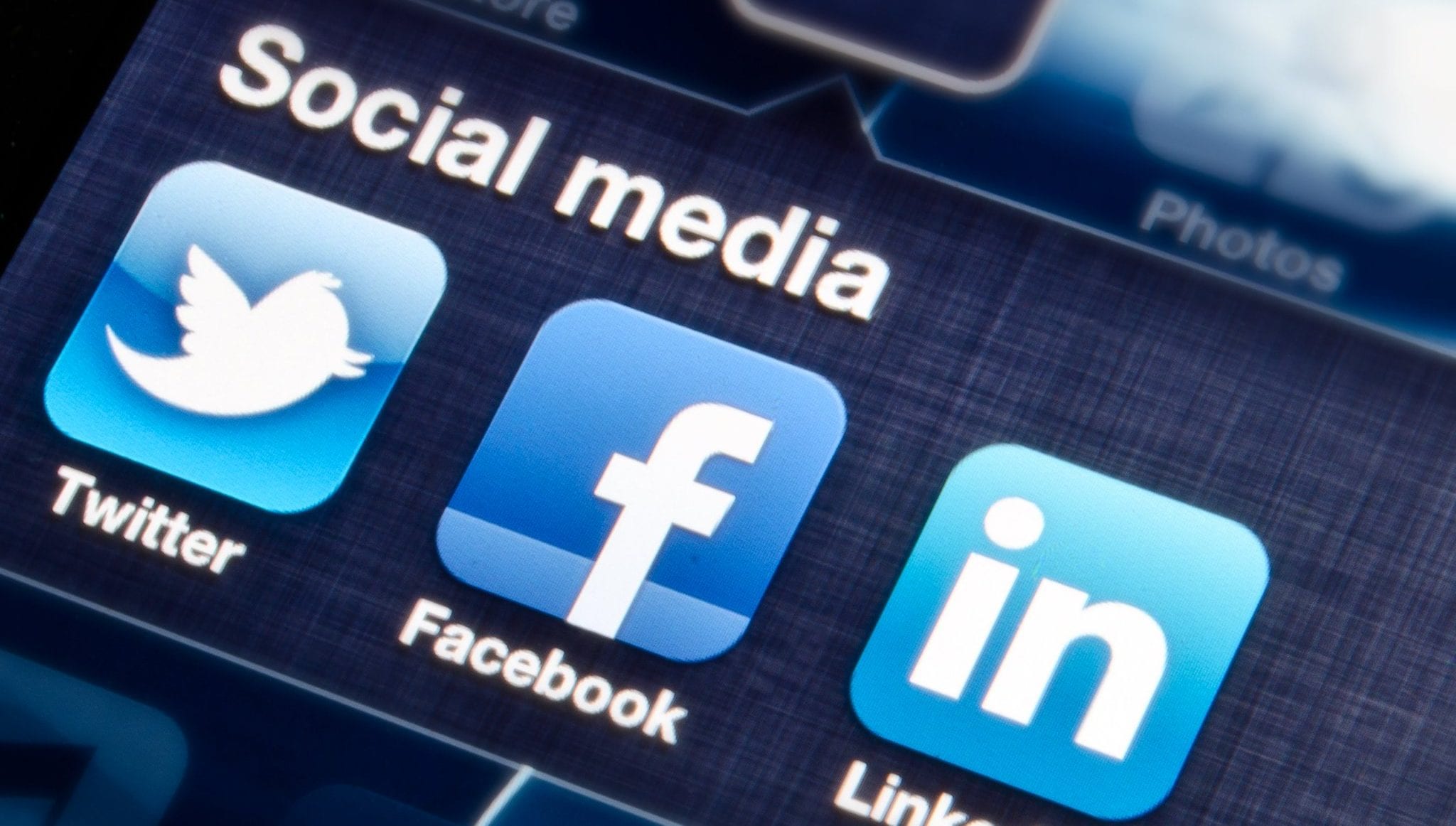Social media boom has revolutionized the way people interact with each other. At the same time, it has brought about a drastic change in the way people consume content. Reading has given way to gaining information via audio, visual and video media. Memes and gifs are the new currency for exchanging pleasantries, and even having entire conversations without words. Going live has replaced the need to be physically present to enjoy an event. Product reviews on social media hold more sway for potential buyers than any advertisement or celebrity endorsement could. Word of social media influencers carries even more weight. On average, a teenager today spends up to nine hours on various social media platforms in a day. What’s the first thing people do when they wake up? They check their phone and then various notifications from social media apps like Facebook, Instagram, Snapchat, Twitter, among others. What do you do when you are standing in the line at the grocery store for your turn? You check messages on WhatsApp!
For better or for worse, social media has become an addictive part of our routines and a significant part of our lives. Whether you joined the wagon by choice or by following the online herd, you are now a part of the crowd which will only increase in years to come. Today there is so much noise on social media platforms. All this noise is actually data. Potentially priceless data generated by people all over the world when they list their likes, dislikes, habits, choices, fascinations, intrigues, desires, fiscal tendencies, and a lot more while surfing monotonously through their social media feeds.
All this data is compiled by the social media platform providers like Facebook using complex algorithms. The immense amount of information is segregated by powerful computer programs into segmented profiles of all the people who are using that particular social media platform. This data is today available to marketers and advertisers who want to know their consumers better to reach them faster. Remember, there’s a lot of noise online and it is easy for a message to get lost without even reaching its target audience. Similarly, with everything under the sun available online, a consumer is not only spoilt for choice, but it can become incredibly frustrating to choose from multitude of options. This is where correct and targeted messaging comes into play. Whether you are selling a service or a product or even just spreading awareness, it is essential that your message reaches the correct people who can provide you the support you need. This is where the role, rules, tricks and technology-centered on social media marketing plays a vital role.

Throughout the recorded history, never has there been so much information with such intrinsic details about consumers been available to marketers. With all this massive amount of data and information at their disposal, social media marketers can understand the driving forces behind the purchase-making decisions which influence their customers. In an ideal situation, marketers should be able to reach out to each and every consumer via targeted campaigns, sell their product/service and generate revenue in billions. Yet the tragic part is that not many social media marketers make use of all this deeply detailed data as much as they can. Even with such information on hand, social media campaigns fail brutally and fail to impress the users at large. So where are marketers going wrong? Simply put, the marketers are using new-age tools and stage, yet still playing by old rules. The days of mass media campaigning are slowly giving way to the personalization of communication. If your product is fulfilling a niche requirement, then how can your message to promote it be all-encompassing and relate to every individual? And merely promoting the product on advertising platforms, such as a brand new anti-dandruff shampoo ad on Facebook, is not enough. It is important that this ad reaches those people who are facing dandruff issues and looking for solutions. So a 40 year old man who is reading articles related to dandruff on Facebook, when he sees the advertisement about an all-new anti-dandruff shampoo, he will surely click the link to find out more details. This is counted as successful personalized social media marketing.
To get new insights for optimizing your marketing techniques, one need to understand ways in which data can be leveraged for creating personalized social media campaigns as a part of personalized marketing.
What Is Personalized Marketing?
Personalized marketing is relying on data to deliver relevant messages to your target audience. This helps to cut through the clutter allowing business to create a better connect with their customers through the means of valuable content which is crafted basis the audience’s interests, demographics, and behaviors. This way, brands can increasingly personalize their messaging, allowing them to align their messages with their consumers’ values.
Would you rather have a hand-crafted gift card or one bought at a gift shop? Most people tend to prefer the former. The same logic applies when you communicate with your customers using data and ideas with which they can relate. This factor is critical to your communication strategy because people have content coming at them from every direction in various forms. Adding personalization to your messages gives you the window to stand apart from the herd.

How Can You Use Personalization in Social Media Marketing (SMM)?
People these days are becoming more insular than ever before. The digital age, and in particular social media, is often blamed for the rise in the adoption of these behavioral traits. Social media is a platform where a person has the freedom to express his/her opinions with a hand-picked group of friends (or even the world!) without undue backlash (terms and conditions apply*). As a brand, you know what message you want to share with your consumers. But how you can curate that message to fit into the ethos of personalization is an essential but tricky technique. There are multiple ways to adopt personalization in your content when creating social media campaigns. Here are listed five examples to guide you through the process of personalizing content when it comes to social media marketing-
Personalizing Social Media Retargeting Campaigns
Retargeting is the practice of sending targeted advertising to people who’ve already interacted with your website in one way or another. This is how it goes- someone visits your website to say, read one of your blog posts on a product, then they visit your pricing page, and add a product to their shopping cart. Now, if the customer makes the purchase, then through retargeted advertising, you can show them ads of additional products which correlate to the item they have already bought. However, if the person does not make the purchase then you retarget them with separate, personalized messages, showing dynamic advertisements of the same product they had checked on your site earlier. In both the scenarios, through personalization, you can retarget the consumers and keep them engaged through various communication tactics. This way, retargeting campaigns offer incredible opportunities when you combine them with personalization.
Some people find this type of marketing invasive because it involves the highest level of personalization when it comes to social media marketing. However, this also has very high success rates. Today, companies are innovating ways to utilize this platform better using new techniques which allows remarkable amount of personalization in advertisements. One such way is segmented marketing which gives people the option of putting products into different groups to present the most relevant ad in every situation. Marketers have barely scratched the surface with retargeting marketing tools, offering vast opportunities to fine-tune the flaws.
Personalized Videos
Videos have grown exponentially in the past few years to become one of the most popular and frequently consumed types of content on social media, with over 60% of Facebook users watching videos every day. The combination of audio and visuals leads to greater sensory engagement with the viewer. Due to this, video content marketing has become the favourite tool of marketers. Recently, companies have taken it one step further by creating personalized video content to increase the sphere of engagement with the consumers.
A great example of this is the little videos Facebook makes for users where the social history of a particular friendship is shown. These videos hold value only for you and your friends, making it highly personal, relevant and poignant. However, creating these videos requires complex tools, algorithms and immense amount of personal data about an individual. It is highly unrealistic to expect companies to match the expertise of Facebook, especially when it comes to data, and be able to do this kind of thing on a regular basis. However, it is possible for companies to simply leverage Facebook’s data to create personalized videos for their customers.
Cadbury ran a successful marketing campaign using this tactic. They collected data from their Facebook fans’ profiles, basic information such as age, gender, location, and then their interests across various topics. It is important to remember, the users had consented to connect with the brand, allowing it to see their on-platform information. This information was used to create a peppy personalized video for each individual, wherein a combination was created to match the users’ personal photos with a flavor of chocolate. Banking on Facebook’s data and tools, Cadbury generated thousands of videos automatically, allowing users to experience the joy of a truly personalized video.
These videos were shared widely on Facebook by the users on their profile feed. Cadbury’s campaign was a highly successful one, receiving appreciation from its millions of consumers across the globe. Such personalizations, which create an exciting connection between a brand and its users, receive more admiration because people love to share personalized content with their friends on their social media platforms.
This technology is still relatively new and a bit expensive, making it accessible only for particular companies. But as technology progresses, such tools will become more accessible to all brands in the coming future.
Personalized Social Media Quizzes
The idea and inspiration behind personalized quizzes is the same as personalized videos. Only the tool to engage with the consumers has changed. While videos are only for the viewing pleasure of the social media user, quizzes require active participation from the user as well as his/her social media friends.
Many brands have taken the route of personalized quizzes to connect with their customers because quizzes allow for a high level of engagement with an audience. At the same time, a quiz is a perfect tool for a company to gather pertinent information which is required to personalize its users’ experiences.
As an added bonus, people love to share personalized quizzes on their social media profiles, meaning that as a brand, you will have plenty of opportunities to reach out to a wider audience who would also be interested in participating in the quiz. This way, a company can gather vast amount of information which is needed for further personalizing content for its users. However, the quiz should be exciting and creative, giving users a break from dully surfing their social media feed. This will make users more likely to participate in your quiz, providing you information to personalize their experiences.
Personalized Social Media Chatbots
A decade ago, if someone had told you that one day you could chat with an AI-based chatbot on your phone, would you have believed them? Perhaps, you would have. The idea of artificial intelligence in various contexts has been around for a long time.
Though not as sophisticated as the artificial intelligence robots as shown in movies, chatbots are the limited mini-AIs that are now embedded in many websites to provide assistance to users. One can actually chat with these bots, and the conversation can seem so real that one starts to suspect that there’s an actual person at the other end! This is the power of Artificial Intelligence, which is becoming more and more sophisticated every day.
Since Chatbots run on limited AI, aside from inserting the user’s first name, most Chatbot conversations are rather impersonal. It is akin to conversing with a very repetitive but good salesperson. They will ask you questions and offer recommendations tailored to the information that you provide. This helps to craft a personalized experience based on the answers of each individual. Users appreciate this tool because it allows them to access relevant information instantly, instead of browsing the website in search of answers.
Due to this, Chatbots have become quite popular and for a good reason too because they have huge potential for a brand to engage its consumers and at the same time gather data about them. This allows for greater personalization of content for the users by the brand.
Personalized Real-Life Campaigns Based on Social Media Data
If you have the data, then the only limit to how creatively you can use it is your imagination. Engaging with customers on social media is important but nothing can replace the real-world experience of participating in a live campaign where a customer can engage all of his/her senses. That’s right! With the data one garners on social media about the preferences of a target audience it is possible to ideate real-life campaigns. Sounds a bit farfetched? Here’s an idea of how social media data can influence real-life campaigns.
How would you like to receive a personalized gift when you are sitting at the airport? A team of experts can be strategically placed at the airport to track the passengers who check-in, in a bid to surprise them with a personalized gift, to make their travel even more enjoyable. To make the gift personalized, the team would scan the social media profiles of these passengers to gather insights into their likes and dislikes. To promote this campaign, one can make a mini-documentary on it and a special website with all the airport surprise stories.
The Conclusion
Companies have learned that they must bridge the gap between the virtual world of social media and the ‘real-world’ to build a stronger connection with their customers. A great example of this is the ‘random act of kindness’ campaign by AND CO by Fiverr, wherein the customer support team decided to delight the users by sending them handwritten notes, gifts and yummy food. A user who mentioned Jellybeans in her customer support chat received a jellybean machine from AND CO. Similarly, another user who mentioned tacos got a pleasantly surprising delivery of his favourite tacos at home. Needless to say, the users took to social media to express their happiness and gratitude for the initiative. The campaign was carried out to perfection, cementing the bond between the brand AND CO and its consumers with the help of personalized social media and real-life marketing.
social media phone screen -DepositPhotos


